Iron is an essential mineral needed for all organisms.
Why is iron important?
Most of the body’s iron is found in the red blood cells of our blood called hemoglobin and in muscle cells called myoglobin. Hemoglobin is essential for transferring oxygen in our blood from the lungs to the tissues whereas myoglobin receives, stores, transports and releases oxygen. Besides, iron takes part in immunity function, brain development and energy production as iron is a part of several enzymes in our body. In short, iron is necessary for our blood, necessary for stronger immunity, necessary for good brain function.
Iron is stored in the body as ferritin (in the liver, spleen, muscle tissue, and bone marrow) and is delivered throughout the body by transferrin (a protein in blood that binds to iron). Iron has several important functions in our body.
What happens if we are deficient in iron?
Risk of iron deficiency anemia, dry and damaged skin, and hair, decreased memory, impaired learning and concentration increases. Impaired immune function, decreased aerobic sports performance, decreased work productivity, fatigue, weakness, adverse pregnancy outcomes, increased risk of low birth weight and maternal morbidity, infant motor, and mental function delay are some consequences. Severe iron deficiency might raise your chances of developing heart or lung problems, such as tachycardia (abnormally fast heartbeat) or heart failure.
Iron requirement
A healthy man needs 8 mg of iron per day whereas the amount is 18 mg per day for women on an average. For a vegan, requirement is higher up to 1.8 times. This is because heme iron from animal-based sources such as meat and fish are better absorbed (12-15%) than nonheme iron from plant-based foods. Below is listed daily iron need for different age groups. In case of Nepal, our traditional practices include soaking legumes, sprouting, and fermenting and combining legumes with lemon. Thus, based on our current practice, we have assumed that the bioavailability of iron is 10% and the recommended dietary allowance is provided on this basis (1).
| Age | Recommended nutrient intake (mg/day) |
| Children | |
| 1-3 years | 5.8 |
| 4-6 years | 6.3 |
| 6-10 years | 8.9 |
| Adolescents and Adults | |
| Male, 11-14 years | 14.6 |
| Male, 15-17 years | 18.8 |
| Male, 18+ years | 13.7 |
| Female, 11-14 years | 14 (before menstruation) |
| Female, 15-17 years | 32 |
| Female, 18+ years | 29.4 |
| Post-menopausal | 11.3 |
| Lactating | 15 |
Sources of iron
There are two types of iron found in our foods.
- Heme iron: Found in animal-based products 2. Non heme iron: Found in plant-based products
All plant-based sources of iron are non heme iron which are little bit difficult to be absorbed by the body as compared to heme iron. However, if your diet contains diverse plant based whole foods, you are unlikely to have iron deficiency. Sometimes, because of other underlying medical conditions or heavy menstrual flow, you might have low iron level irrespective of your iron intake sources.
All types of legumes like lentils, mung bean, cowpea, kidney beans, black beans etc (increased absorption if soaked for at least 4 to 6 hours and cooked), soybeans and soybean-based products like tofu, green leafy vegetables like variety of spinach broccoli, whole grains such as millet and quinoa, pumpkin seeds etc. The foods listed below have highest iron content, among others.
Grains
Amaranth (5.2 mg per 1 cup cooked)
Rolled Oates (3.4 mg per 1 cup cooked)
Quinoa (2.8 mg per 1 cup cooked)
Legumes
Lentils (6.6 mg per 1 cup cooked)
White, Lima, Navy, Red Kidney Bean (4.4-6.6 mg per 1 cup cooked)
Blacked eyed bean (4.6-5.2 mg per 1 cup cooked)
Chickpea (4.6-5.2 mg per 1 cup cooked)
Edamame (green soybean): (3.5 mg per 1 cup cooked)
Tofu, Firm, Raw (3.4 mg per 0.5 cup-126g)
Nuts and Seeds
Sesame seeds (4.1 mg per 1 ounce-28g)
Pumpkin seeds (2.5 mg per 1 ounce-28g)
Ground flax seeds (1.8 mg per 30 gram)
Veggies
Spinach Cooked (6.4mg per 1 cup cooked)
Mustard Greens (2.56 mg per 1 cup cooked)
Pumpkin leaves (2.27mg per 1 cup cooked-71g)
Brussels sprouts (1.23 mg per 1 cup raw-88g)
Tips for better absorption
- Eat iron rich foods with vitamin C rich foods: Foods that contain Vitamin C increase the body’s ability to absorb iron. Examples of vitamin C-rich foods include citrus fruit such as lemons, oranges, limes, grapefruit, kiwis, strawberries, capsicums, potatoes, broccoli, and dark green leafy vegetables.
- Soak legumes at least 4 to 6 hours before cooking. This helps to reduces mineral inhibitors like phytates which are common in plant-based food sources.
Iron need in Pregnancy
Iron is vital for pregnant women and her fetus. On an average, a pregnant mother needs 1000 mg of additional iron than normal ones. Iron deficiency anemia in pregnancy may lead to two to three times increased risk of preterm delivery and low birth weight. Thus, usually iron supplement is prescribed to pregnant women as there is increased absorption and higher need of iron in them.
Things to take care if you are taking iron supplements
- Avoid calcium rich foods such as milk at least one or two hours before or after taking the pill
- Avoid caffeinated drinks like soda, tea, coffee etc while taking meals or eating pills 3. Take supplements in empty stomach or after 2 or more hours of eating meals
Takeaway
It is absolutely possible to get sufficient iron form plant-based diet. Include soaked legumes in your regular diet and utilize methods to improve absorption as mentioned above.
References
https://www.ncbi.nlm.nih.gov/pmc/articles/PMC3999603/
https://econtent.hogrefe.com/doi/abs/10.1024/0300-9831.74.6.403 https://www.nal.usda.gov/sites/default/files/fnic_uploads/RDA_AI_vitamins_elements.pdf

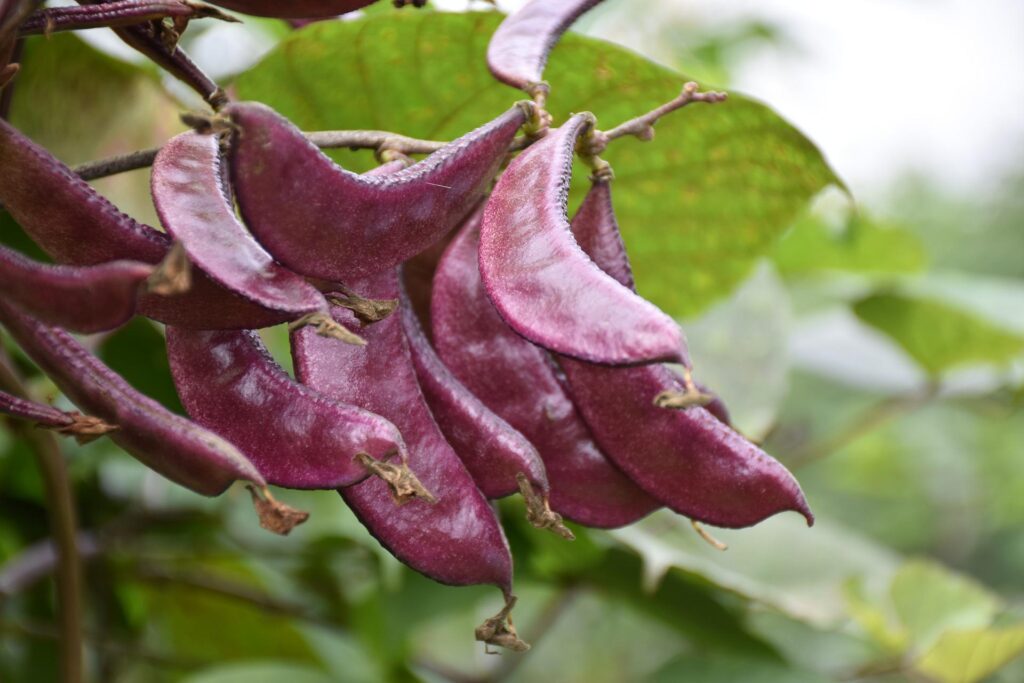
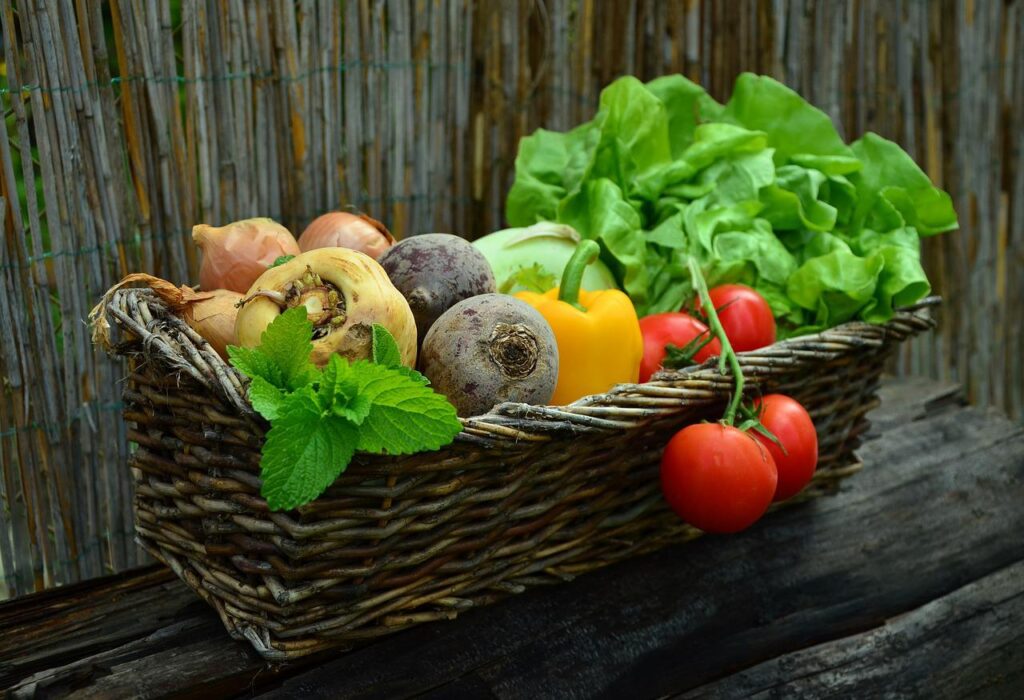
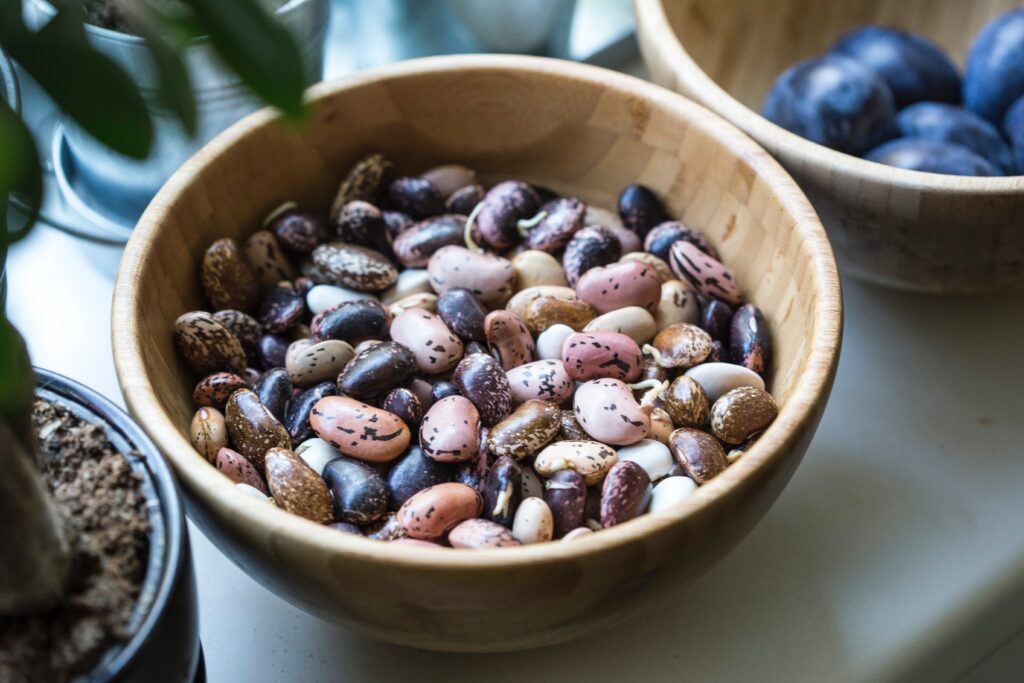

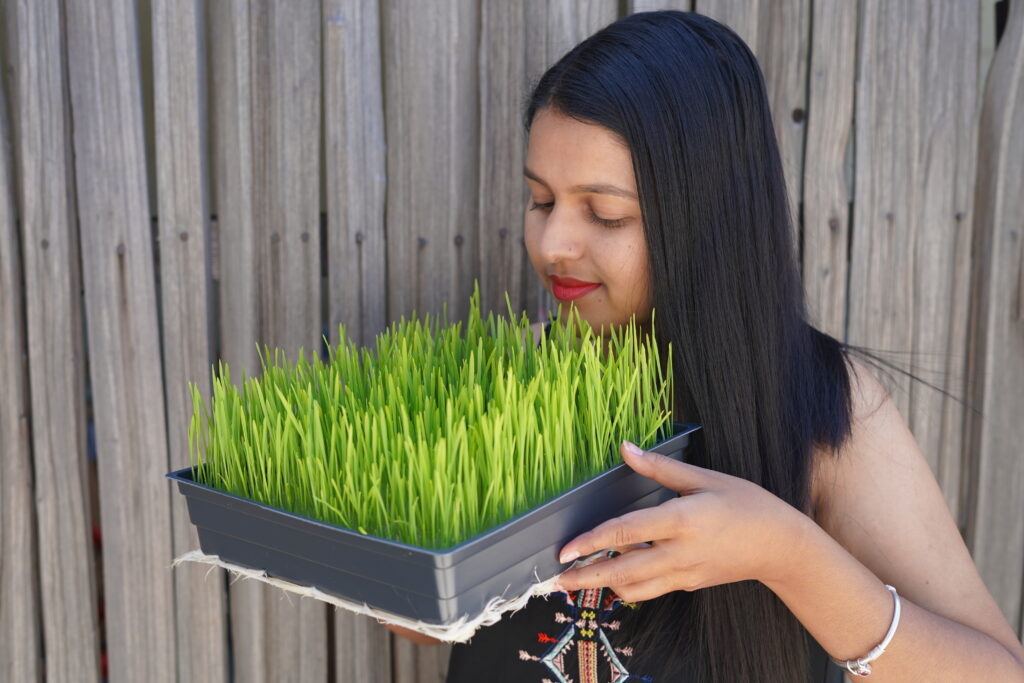
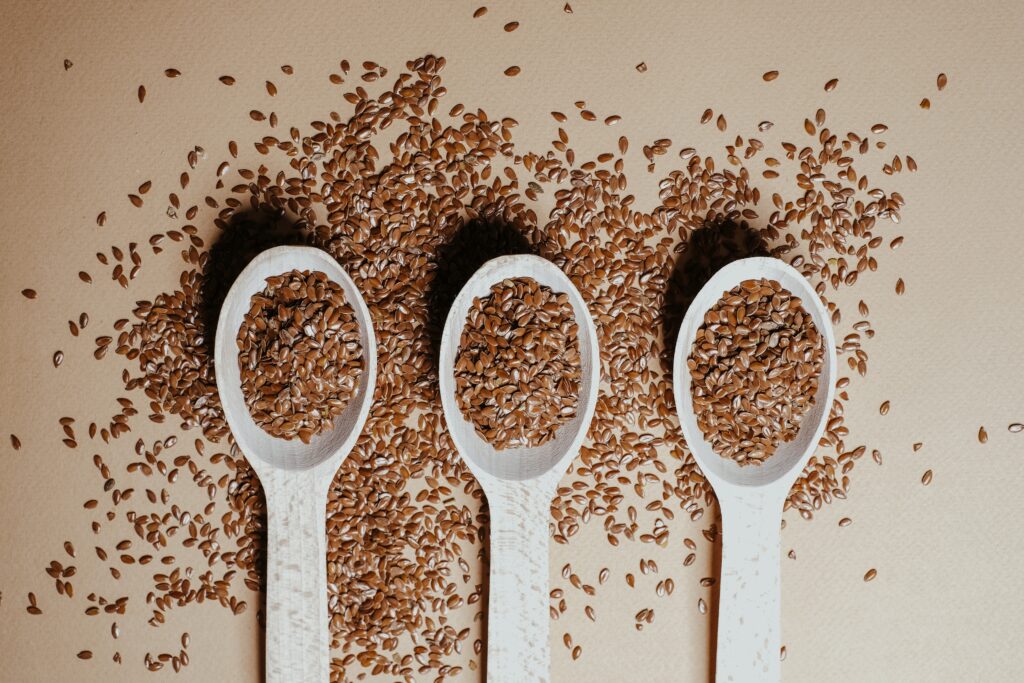
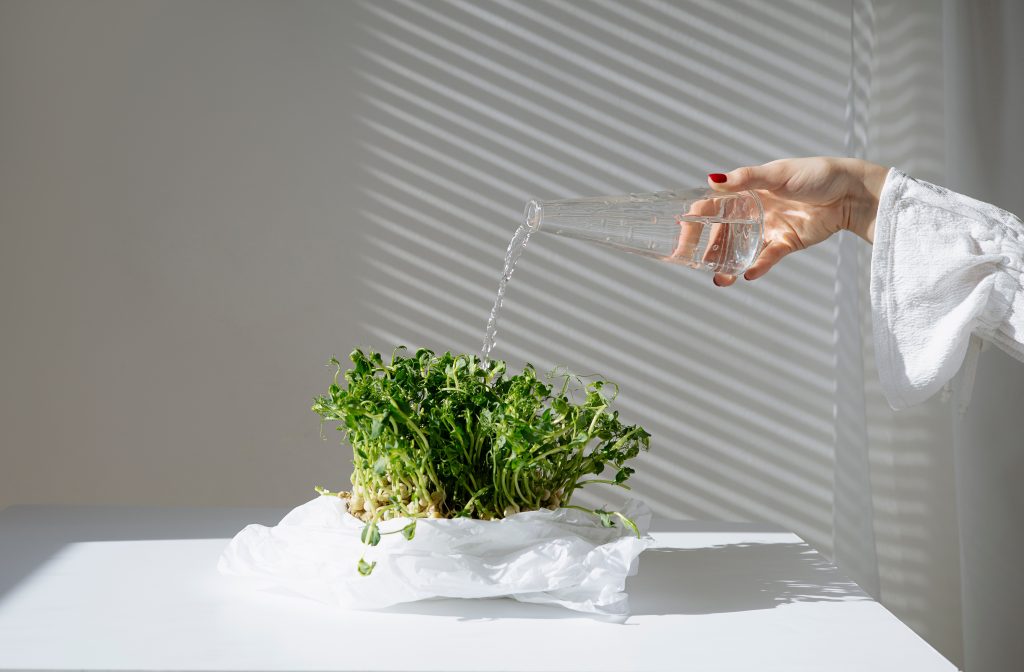
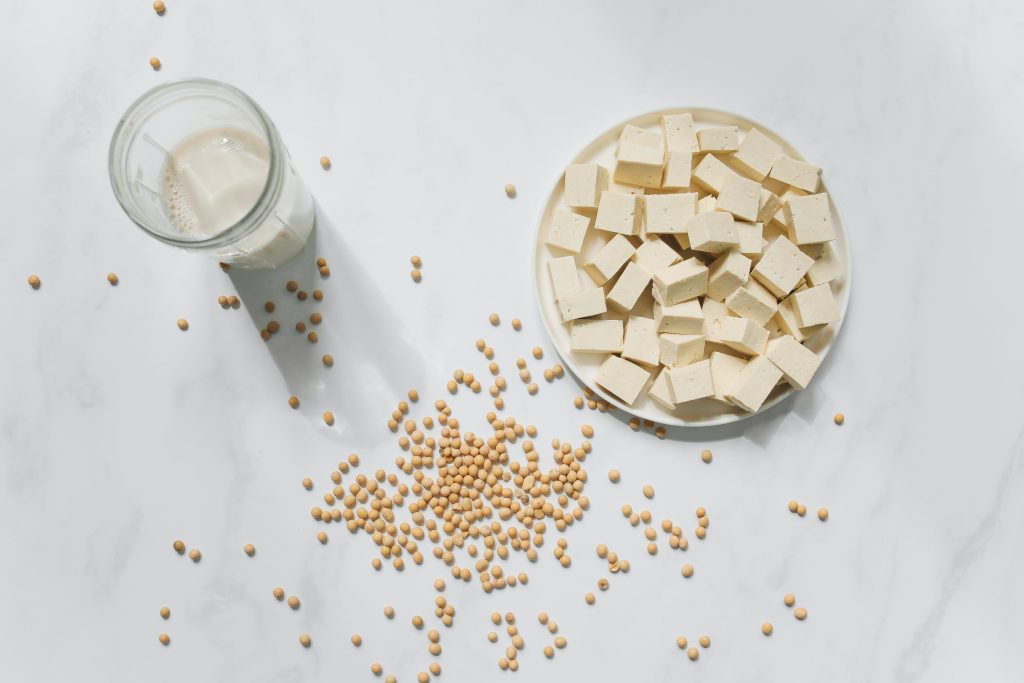
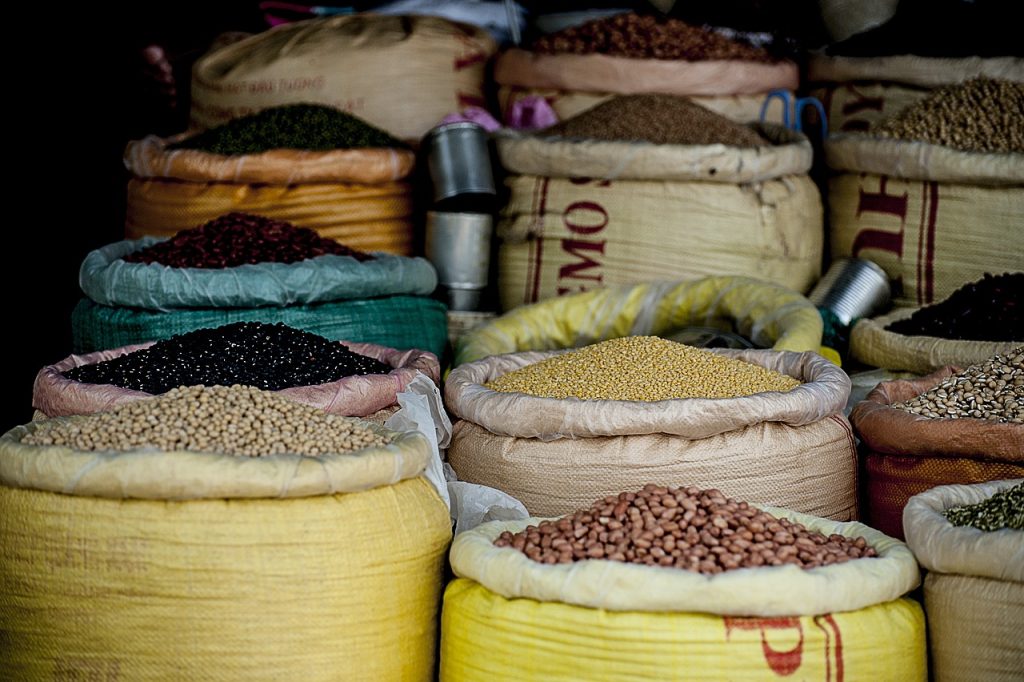
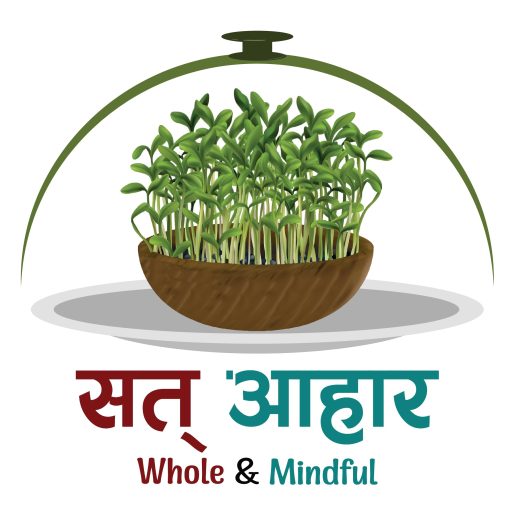
Very Informative articles regarding Iron requirements for different age groups and it’s contains in different food items. But most of the food items can’t be clear due to it’s English name. So please, publish such type of important information in Nepali language as soon as possible, Grateful to you for valuable information.
Thank you
Thank you for your comment! We really appreciate! and yes, we will provide names in Nepali language on our Nepali subdomain. We will share once it is ready!